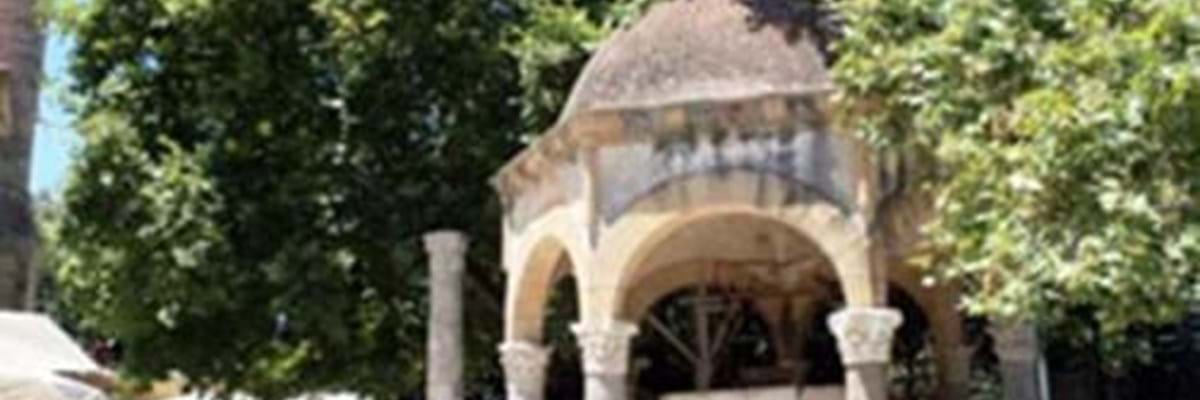Taking a picnic in the shade of a Greek plane tree is a pleasant enough pastime, but on Kos you could be sitting in the shadow of the man known as the Father of Medicine.
In the centre of Kos Town, close to the Castle of the Knights and the Agora, stands a huge plane tree said to be descended from one under which Hippocrates taught his students in around the 5th century BC.
The tree, possibly the largest of its kind in Europe at around 12m across its widest point, is reckoned to be about 500 years old, so the idea that it was planted by Hippocrates himself looks like a myth, but it is likely that he expounded his revolutionary ideas about medicine at, or very near, the spot.
He realised that diseases occurred naturally, rather than being inflicted by the gods, and his work gave rise to the Hippocratic Oath, the earliest text of which is held in the Vatican Library. The oath is sworn by medical graduates in many countries – ‘First do no harm’ is one of the best-known phrases from the modern interpretations.
Sections of the oath are inscribed on a statue, close to Kos harbour, depicting Hippocrates with students, accompanied by a snake to represent the Rod of Asclepius, the Greek god of healing. Hippocrates is known to have worked at the ancient sanatorium site known as the Asclepeion of Kos, which lies 4km west of the town.
The plane tree’s trunk has become hollowed out, and it is partially supported by scaffolding, but it is still an impressive sight. Two springs, with Arabic inscriptions dating from the time of the Ottoman Empire, are close-by.
The nearby Agora, a courtyard area, dates from about 300BC and is one of the largest to have been excavated in Greece.
It’s a privilege to step into this historic region so be sure to make a visit while staying on Kos.



